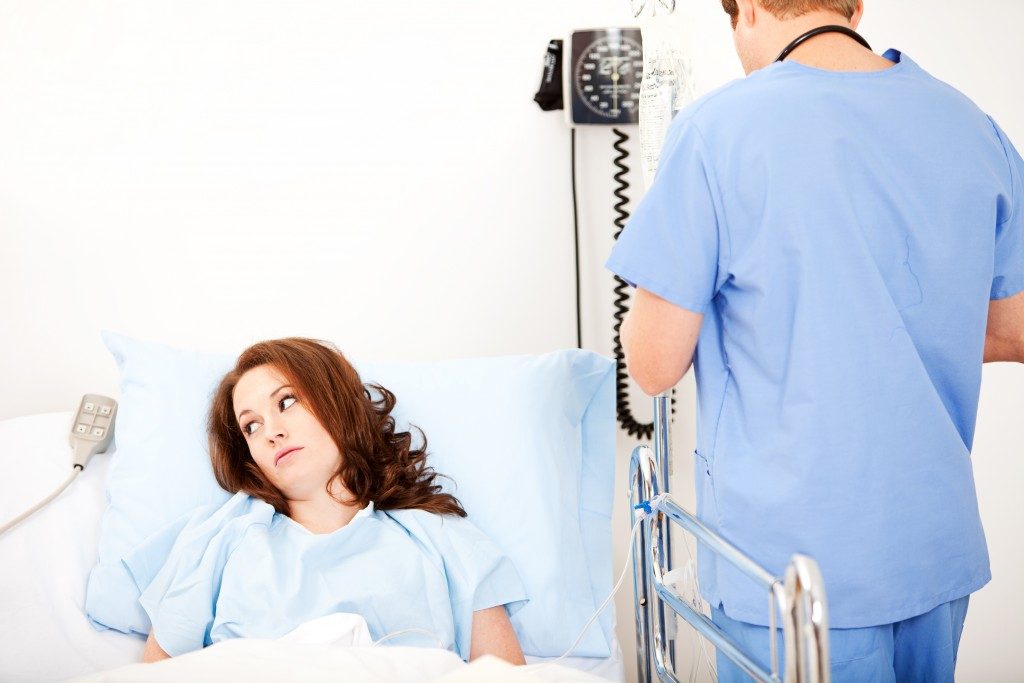An ambulance is supposedly there to transport a patient to a medical facility fast and safely, but with the alarming frequency of ambulance crashes, they seem to do more harm than good. Because of this, the industry started to recognize the safety problem.
The design of the ambulance tops the list of factors affecting ambulance safety. Recently, ambulance builders have developed practical solutions to the safety problems brought by outdated models. Modern safety designs are now being adopted in hopes of preventing accidents while transporting patients.
The Society of Automotive Engineers (SAE), in conjunction with the National Institute for Occupational Safety and Health (NIOSH) and the National Truck Equipment Association (ambulance manufacturers division), have updated their guidelines regarding safety standards for ambulances. The safety regulations vary by state, so if you wish to upgrade your automobile into an emergency vehicle, check the laws of your state first, then select a reliable vehicle upfitting company (Check out tcsupfitting.com).
That said, what necessary equipment should be added to an ambulance to maximize its safety?
1. Compliant Cot Mounting Systems
The “antler and rail” system is where floor-mounted metal antlers stabilize the head of the cot. The foot is locked into a side-mounted rail in the traditional cot design. However, in a study conducted by NIOSH, the force of a frontal collision at the speed of 30 mph was enough to cause the cot to break free from the antlers. When this happens, the patient will be hurtled forward to the ambulance’s jump seat even if they are appropriately restrained. This means that the antler and rail system is hazardous for both the patient and the person occupying the jump seat.
The updated regulations now require cots to be installed in such a way that forward movement during a front-end collision will be limited to 14 inches, unlike the previous 30 inches that happen with the antler and rail system.
2. Compliant Patient Securing Systems
These are cross-body seatbelts that limit the movement of the patient, especially during collisions. The rest of the ambulance’s occupants should also be provided with cross-body seatbelts to ensure their safety during road accidents. The belts should be properly fitted to the patients so that they can be minimally affected during collisions.
3. Surface Delethalization
This is the addition of equipment that stores oxygen cylinders, cardiac monitors, and other medical devices away from the patient cot. They should be adequately secured so that they won’t move dangerously during collisions. Hard-impact surfaces should also be replaced by padded materials or other materials that would not hurt the patient during a crash.

4. Improved Restraint Systems
The new guidelines do not specify a specific restraint system, but it recommends restraints that allow maximum movement for the paramedics and emergency medical technicians in the patient compartment during collisions. There isn’t a widely recognized restraint system for paramedics and EMTs yet, so in the meantime, existing restraints should be utilized during patient transport.
Design Specifications
As stated, the design is the top factor affecting ambulance safety. If you want to ensure safety in the patient compartment, the seats should allow easy access to the patient. All equipment and vehicle controls should also be easily accessed without removing seatbelts.
All equipment exceeding three pounds should be mounted on a bracket that can resist up to 10 Gs of force. Heavy material lying around unsecured is hazardous during sudden swerves, acceleration, and of course, collision.
A team of paramedics and emergency medical technicians should review the ambulance’s design and determine if it’s functional, user-friendly, and safe. They will be the ones who will use these vehicles at all times, so their feedback is essential.
Ensuring patient safety takes a considerable amount of effort, and it is something that should never be downplayed. An ambulance is what these patients and their loved ones depend on during medical emergencies, so as an emergency vehicle provider, you should be able to guarantee the safety of the patients, their loved ones, the paramedics, and emergency medical technicians.

